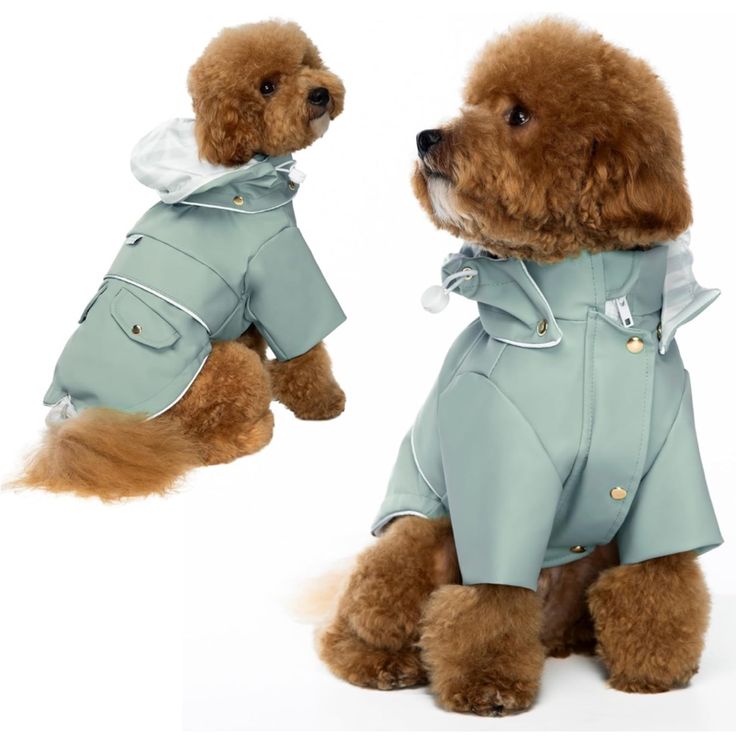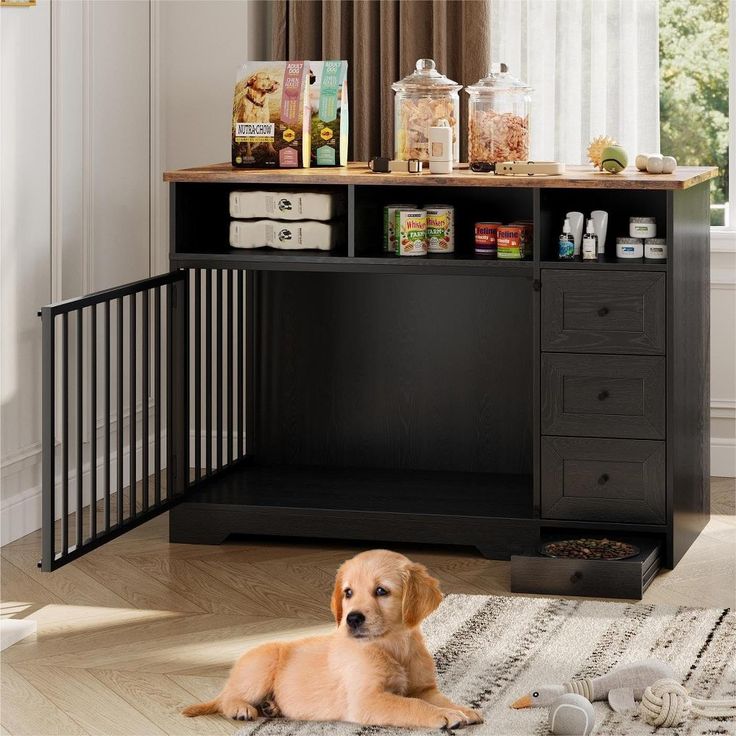When it comes to grooming your dog, a reliable dog shaver can be a game-changer. Whether you’re a professional groomer or a devoted pet owner, having the right tools ensures that your furry friend looks and feels their best. This comprehensive guide explores the various aspects of dog shaving, from selecting the right shaver to proper techniques and maintenance. By the end, you will have a clear understanding of how to effectively groom your dog using a dog shaver.
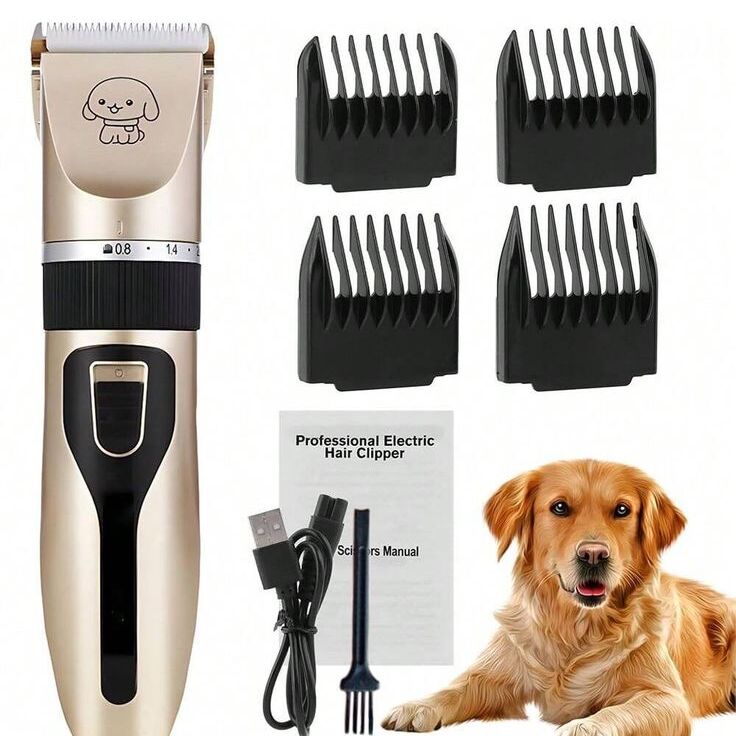
Understanding the Importance of Grooming
Regular grooming is essential for maintaining your dog’s health and well-being. It helps prevent matting, reduces shedding, and keeps your dog’s coat clean. Additionally, grooming allows you to check for skin issues, parasites, and other health concerns. A well-groomed dog is not only healthier but also more comfortable.
When using a dog shaver, you facilitate the grooming process significantly. Shaving your dog can remove excess fur, especially during warmer months. It also helps prevent matting in long-haired breeds, which can lead to discomfort and skin issues. Understanding the specific grooming needs of your dog—based on their breed, coat type, and season—is crucial to effective grooming.
Choosing the Right Dog Shaver
Selecting the appropriate dog shaver is paramount for a successful grooming experience. Here are the key factors to consider:
1. Type of Shaver
There are two primary types of dog shavers: corded and cordless.
- Corded Shavers offer consistent power, making them ideal for heavy-duty grooming sessions. They are generally more powerful, which is beneficial for thicker or matted coats.
- Cordless Shavers provide greater flexibility and ease of movement. They are suitable for touch-ups and are often lighter, making them easier to handle.
2. Blades
The blades you choose play a critical role in the effectiveness of the grooming process. Look for shavers with high-quality stainless steel blades, which are durable and resistant to rust. Additionally, consider the blade sizes; different sizes cater to various coat lengths and purposes. For example, a #10 blade is excellent for a close shave, while a #4 or #5 is better for maintaining length.
3. Noise Level
Dogs can be sensitive to loud noises, which can cause anxiety during grooming. Opt for shavers that operate quietly to ensure a stress-free experience for your pet. Many manufacturers now create shavers that minimize noise without sacrificing power.
4. Heat Management
Continuous use of a dog shaver can cause overheating, potentially leading to burns on your dog’s skin. Look for shavers designed with adequate ventilation and cooling technologies to reduce heat build-up during grooming sessions.
5. Brand Reputation and Reviews
Research the reputation of the brand you are considering. Read user reviews to gain insights into the performance, reliability, and durability of the dog shaver. Trusted brands often have a proven track record, which can assist in making the right choice.
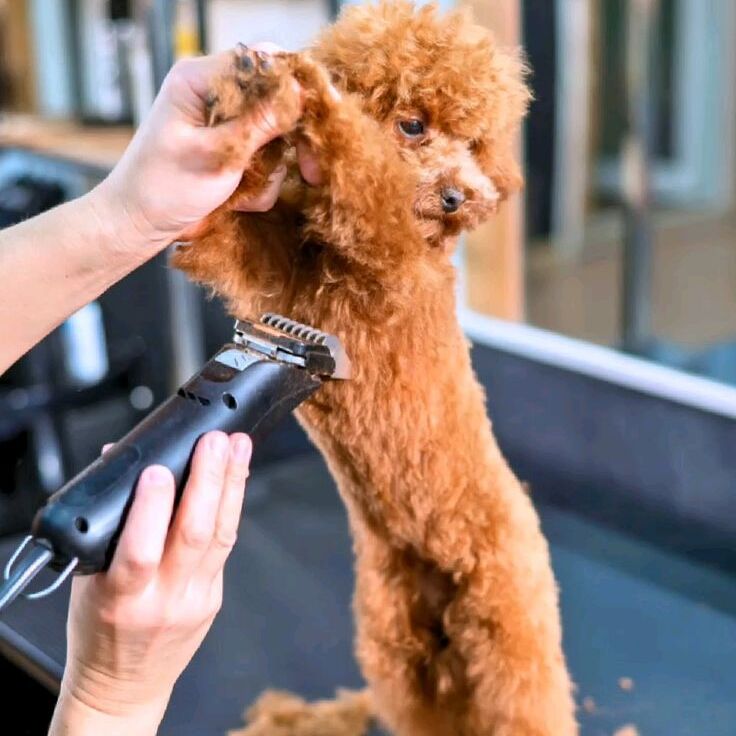
Preparing for Dog Grooming
Before you begin grooming your dog, ensure that you have a space set up that is comfortable for both you and your pet. Here are some essential tips for preparing:
1. Create a Calm Environment
Choose a quiet location where your dog feels safe and relaxed. Reducing distractions will help keep your dog calm during the grooming process. Consider playing soothing music to set a peaceful tone.
2. Gather Supplies
In addition to your dog shaver, gather other necessary grooming supplies. This may include brushes, combs, clippers, grooming scissors, and treats for rewards. Having everything within reach will streamline the process.
3. Familiarize Your Dog with the Shaver
Before starting, introduce the dog shaver to your dog. Allow them to sniff it and hear it running in a low setting. Gradually desensitize them to the shaver by rewarding calm behavior with treats. Familiarization can ease anxiety and make the process more comfortable for your pet.
Grooming Techniques Using a Dog Clipper
Using a dog shaver effectively requires technique and knowledge. Here’s a step-by-step approach:
1. Start with Brushing
Before you use the shaver, brush your dog’s coat to remove any tangles or mats. This step is crucial, especially for long-haired breeds, as it prepares the coat for shaving. Use appropriate brushes or combs based on your dog’s coat type.
2. Choose the Right Blade
Select a blade appropriate for the area you are grooming. For body coat, a #4 or #5 blade will maintain length while still cutting down the fur. If you want a close shave, a #10 blade is a suitable choice.
3. Shaving Technique
Begin shaving at the neck and work your way down the body. Always shave in the direction of hair growth to prevent skin irritation. Use slow, steady strokes, and avoid rushing to achieve an even cut.
4. Be Mindful of Sensitive Areas
Pay special attention when grooming sensitive areas, such as around the face, ears, and paws. Use smaller blades or scissors for these regions and work carefully to avoid nicks or cuts. This is where a bit of patience goes a long way in ensuring safety.
5. Take Breaks as Needed
Grooming can be a lengthy process, especially if your dog has a thick coat. Take breaks if needed, allowing your dog to relax and preventing them from becoming overwhelmed. Providing water and treats during breaks can also help soothe them.
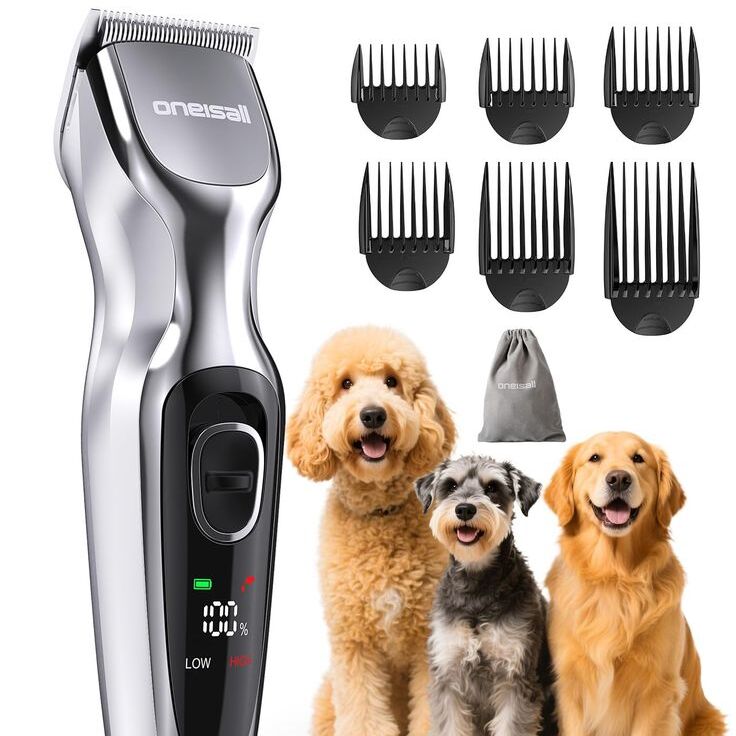
Post-Grooming Care
After grooming, your job is not quite done. Proper aftercare is essential to keep your dog happy and healthy. Here’s how to care for your dog post-grooming:
1. Inspect the Skin
After shaving, check your dog’s skin for any cuts, redness, or irritation. If you notice any issues, consult with your veterinarian for advice on treatment. Addressing problems early can prevent further complications.
2. Bathing
Consider giving your dog a bath after shaving if they are particularly dirty. Use a quality dog shampoo that suits their skin type. Bathing helps remove loose fur and any remaining debris, leaving your dog feeling refreshed.
3. Hydration and Nutrition
Ensure your dog has access to fresh water and nutritious food post-grooming. Maintaining hydration and proper nutrition supports overall health and recovery after grooming.
4. Regular Grooming Schedule
Establish a routine grooming schedule based on your dog’s needs. Regular grooming helps maintain a healthy coat and makes each session easier. Most dogs benefit from grooming every 4 to 8 weeks, but it can vary by breed.
Maintenance of Your Dog Clipper
Taking care of your dog shaver is essential for prolonging its lifespan and ensuring optimal performance. Here are maintenance tips:
1. Cleaning after Each Use
After grooming, clean the blades and shaver thoroughly to remove fur and debris. Use a brush provided by the manufacturer to remove hair and lint. Wipe down with a soft cloth to keep the shaver in top condition.
2. Oiling the Blades
Regularly oil the blades to maintain their sharpness and prevent rust. The manufacturer usually provides specific instructions on how often to oil and which type of oil to use. Properly oiled blades glide smoothly over fur, making the grooming process easier.
3. Inspecting the Equipment
Regularly check the shaver for any signs of wear and tear. Inspect the cord for damage and ensure the blades remain sharp. If you notice any issues, consider seeking professional servicing or replacing damaged components.
4. Storing Properly
When not in use, store your dog shaver in a cool, dry place. Avoid areas with high humidity, as this can damage the equipment. A protective case can also offer additional protection against dust and debris.
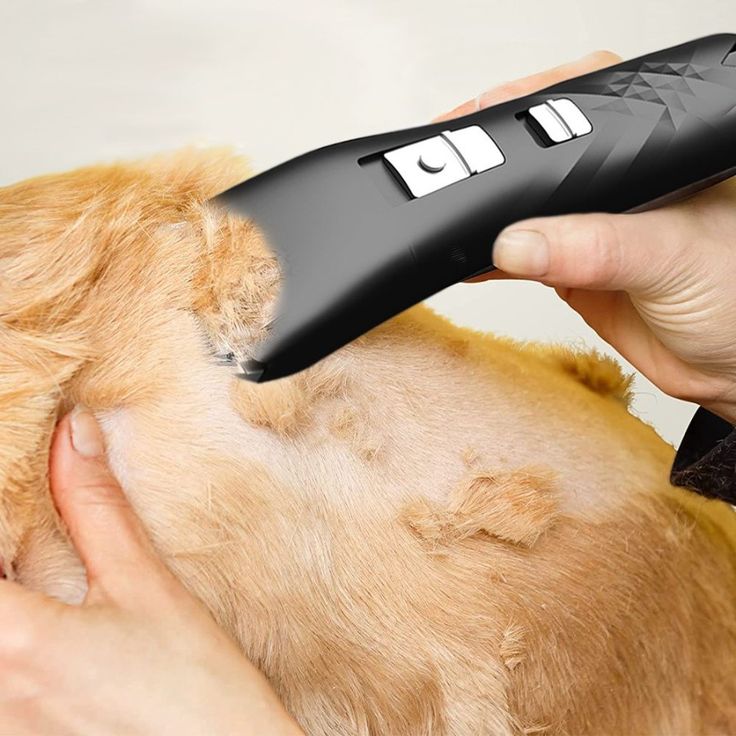
Common Mistakes to Avoid
Here are some common mistakes to avoid while using a dog shaver, ensuring a smoother grooming experience:
1. Rushing the Process
Patience is vital when grooming your dog. Rushing increases the risk of accidents and can induce stress in your pet. Take your time to ensure a quality grooming experience.
2. Ignoring Your Dog’s Comfort
Always prioritize your dog’s comfort during grooming. Pay attention to their behavior and reactions. If they seem anxious, take a break, and allow them to relax before continuing.
3. Using the Wrong Blade Size
Using an inappropriate blade size can lead to uneven cuts and irritation. Ensure you understand the purpose of each blade size and select accordingly based on your dog’s coat length and type.
4. Neglecting Regular Grooming
Some pet owners may neglect grooming until it becomes necessary. Regular maintenance is key to preventing matting and skin irritations. Routine grooming helps keep your dog comfortable and looking sharp.
Understanding Different Dog Breeds and Their Grooming Needs
Every dog breed has unique grooming requirements, making it important to tailor your approach based on the specific type of coat your dog has. Here are a few examples:
1. Long-Haired Breeds
Breeds like the Afghan Hound or Yorkshire Terrier typically have long, flowing coats that require regular grooming. These dogs often benefit from a dog shaver that can maintain their length while preventing tangles.
2. Short-Haired Breeds
Dogs with short hair, such as Boxers or Beagles, require less frequent grooming. However, seasonal shedding can be managed with a good dog shaver to handle loose hair.
3. Curly-Haired Breeds
Dogs like Poodles or Portuguese Water Dogs have curly coats that can mat easily if not groomed regularly. Using a dog shaver to help maintain their coat length and texture is essential.
4. Double-Coated Breeds
Breeds such as Huskies and Golden Retrievers have double coats that require special attention. Use your dog shaver to reduce shedding in warmer months, ensuring they remain comfortable.

Conclusion
Investing in a quality dog shaver transforms the grooming experience for both you and your furry friend. With the right tools and techniques, you can keep your dog looking fabulous and feeling great. Regular grooming is crucial for your dog’s health and happiness, so establish a routine that works for you and your pet.
As grooming practices evolve, stay informed about the best techniques, tools, and approaches to take. With the information contained in this guide, you possess the knowledge to groom your dog effectively. By creating a calm environment and utilizing the right equipment, you can turn grooming into a pleasant experience for both you and your pet. Prioritize grooming and enjoy the benefits of a happy, healthy dog.
